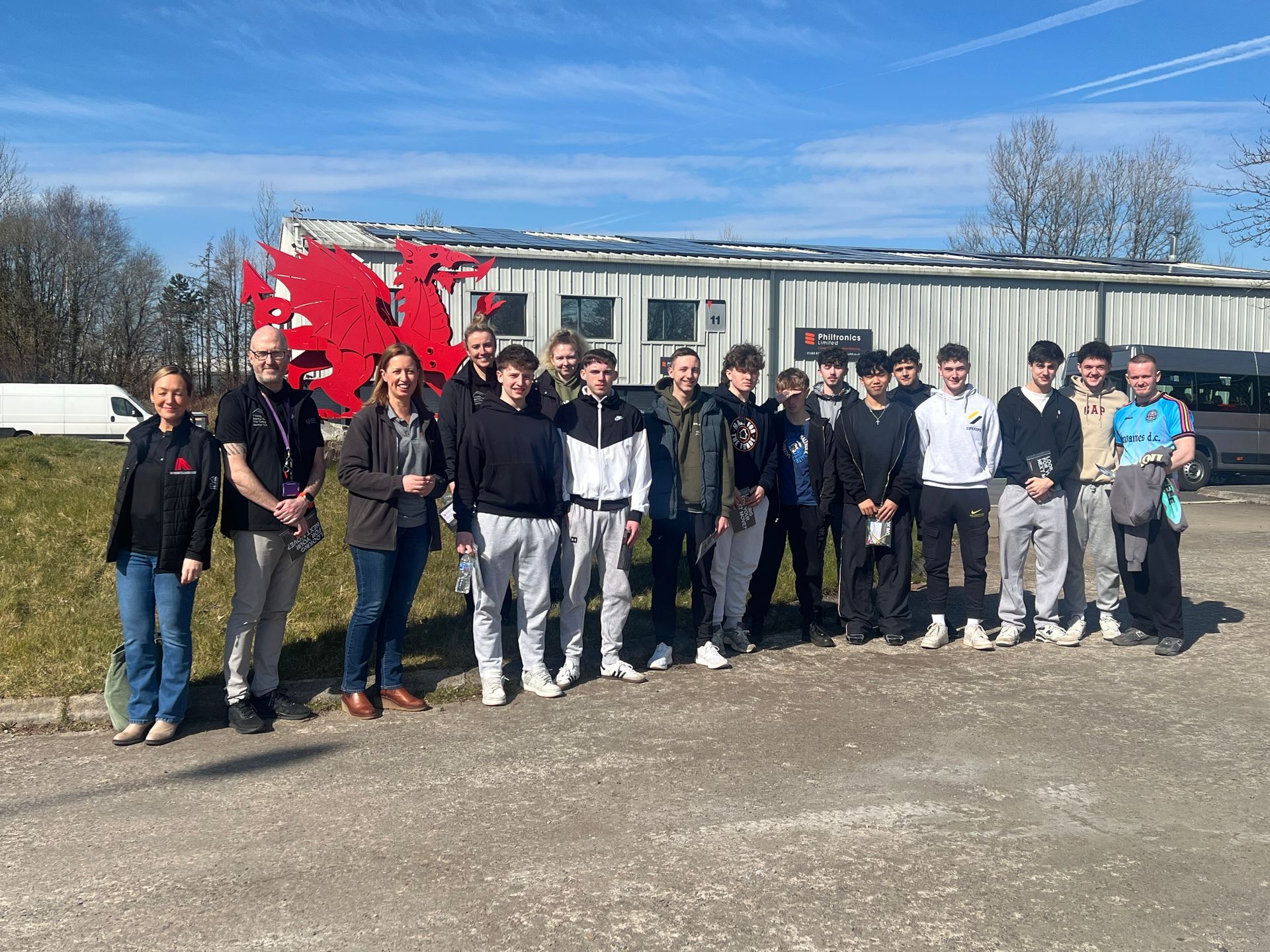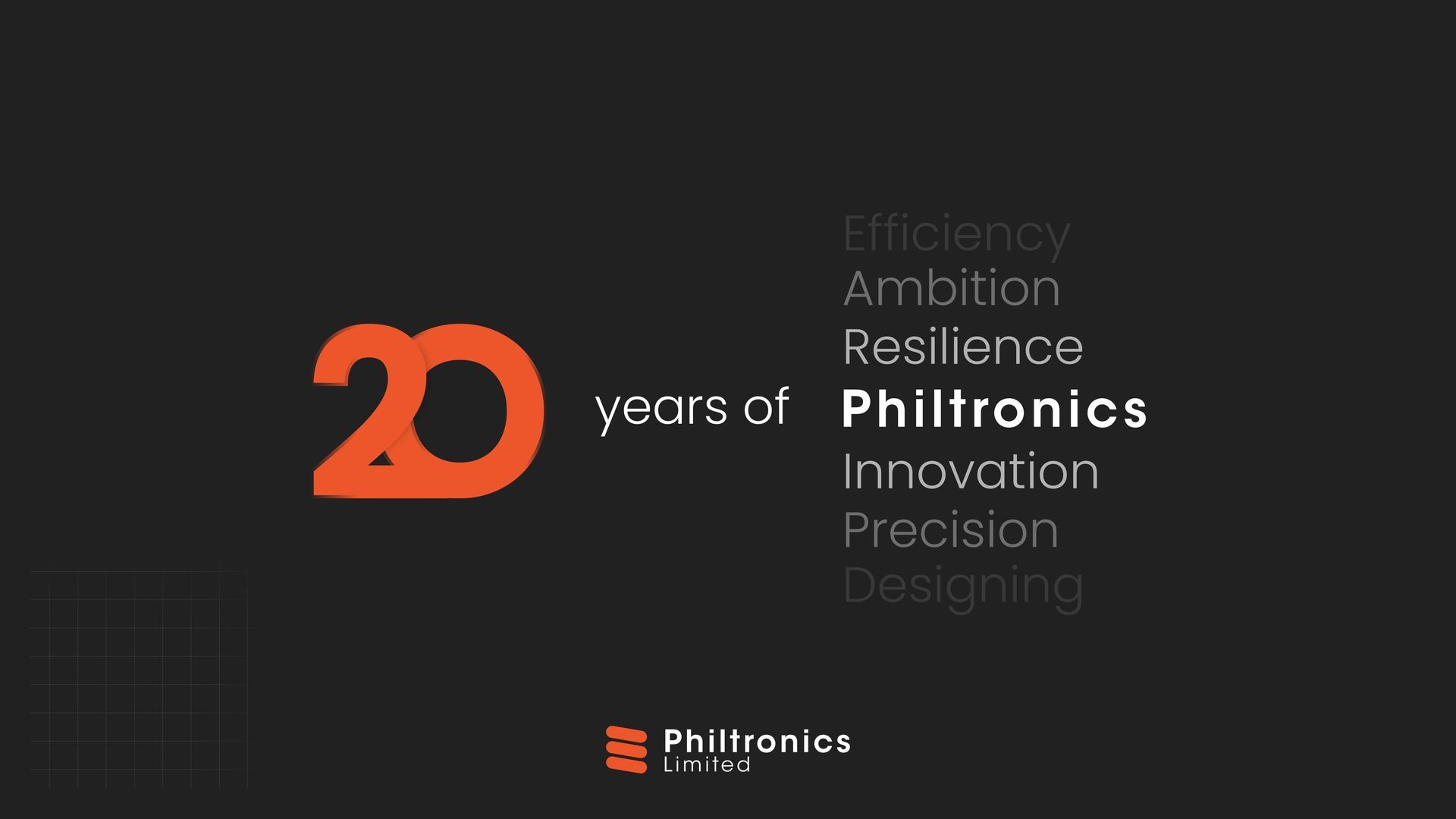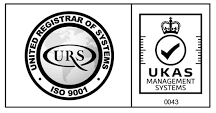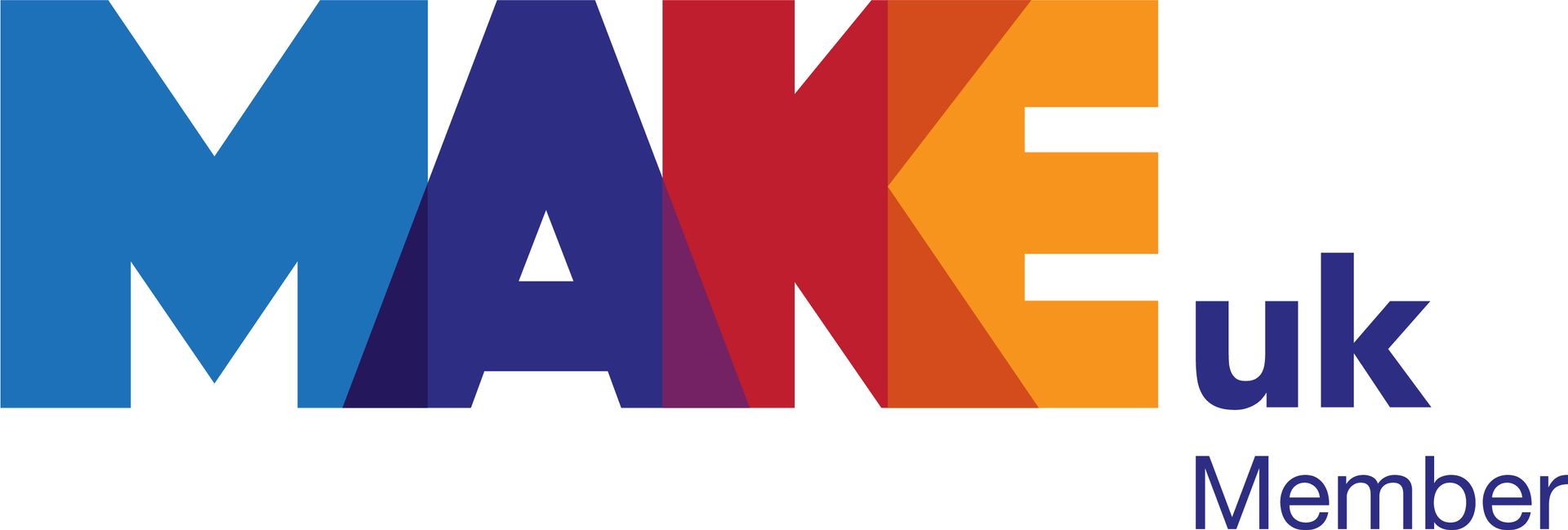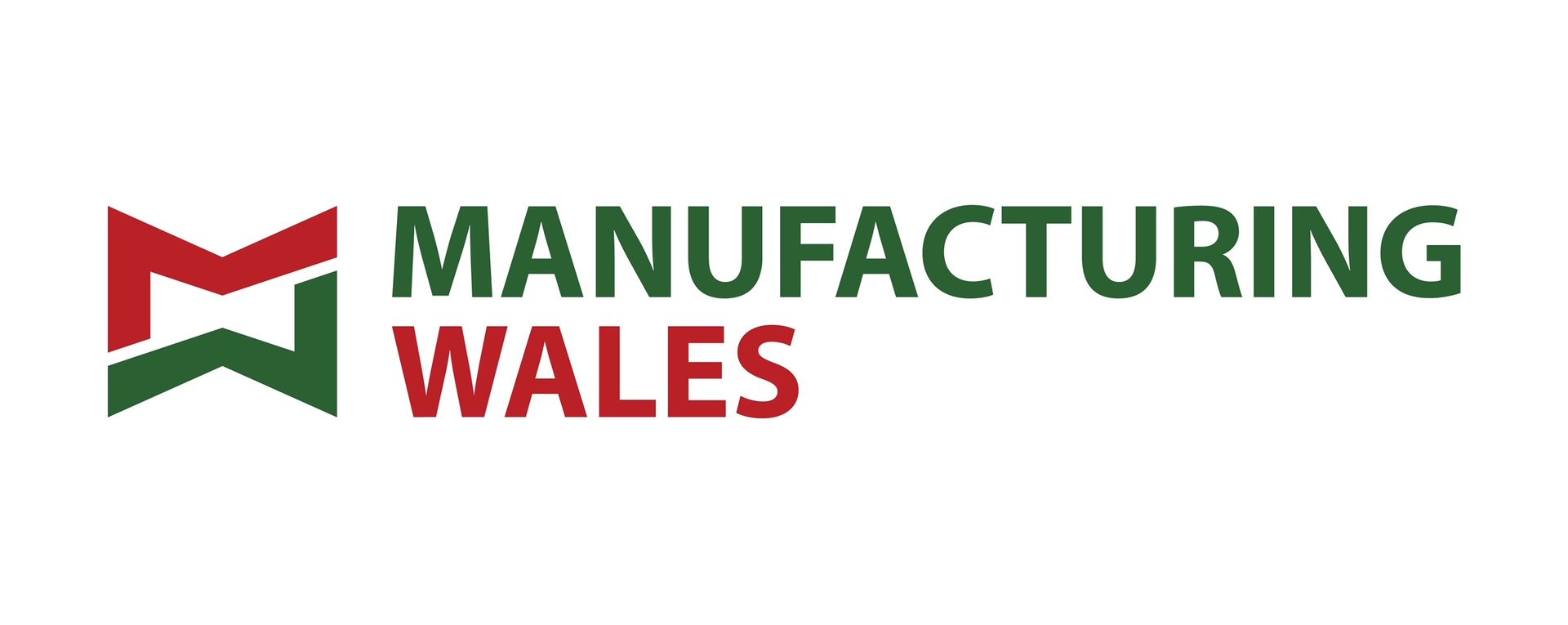Philtronics x Heatforce
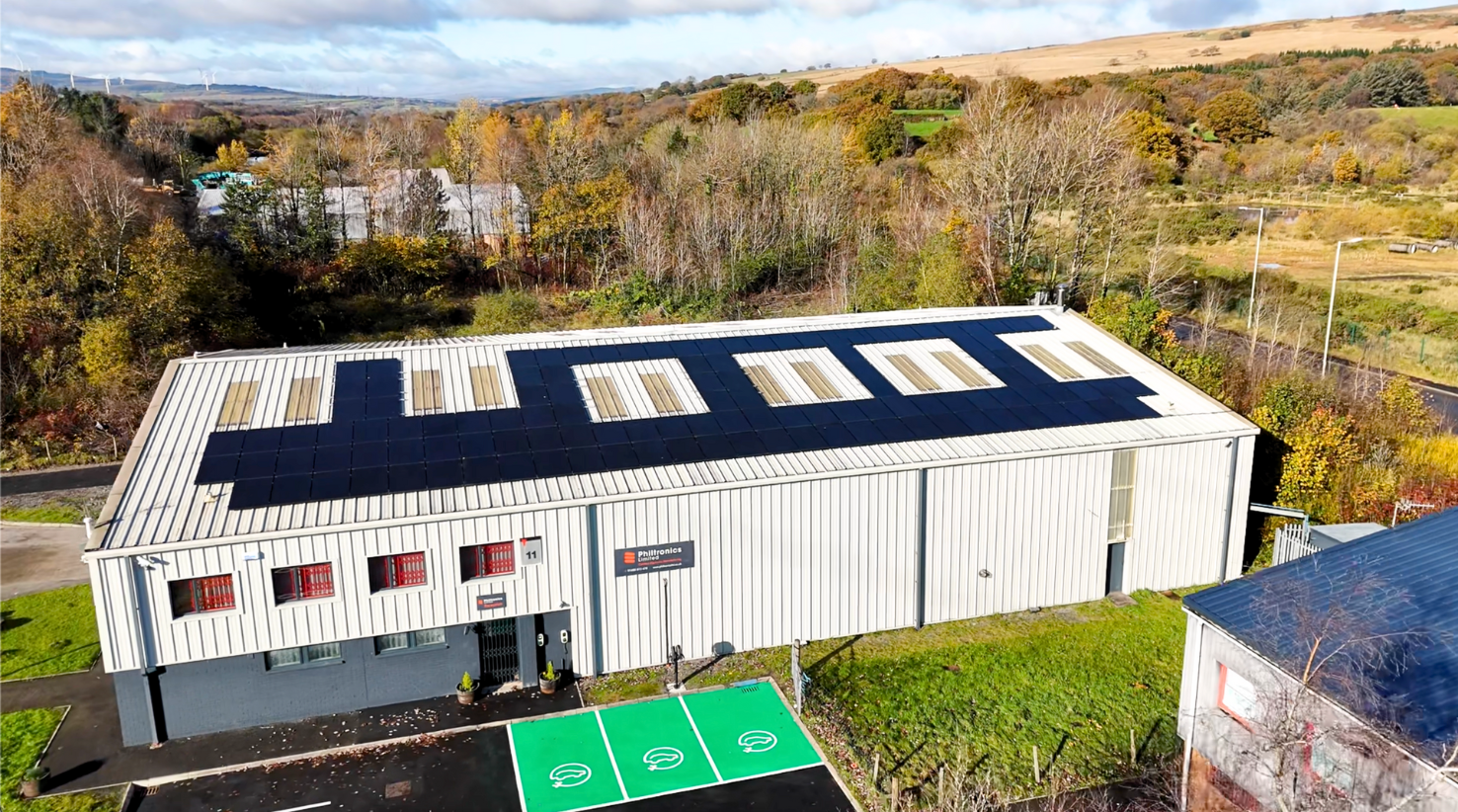
In today's ever-evolving business landscape, embracing renewable energy sources, notably solar power, has become a pivotal strategy for businesses grappling with mounting energy costs and their corporate obligations to the environment.
Within this case study, we will showcase the transformative journey we are on here at Philtronics in order to harness the capabilities of solar photovoltaic (PV) systems to mitigate the impact of rising energy prices and make a significant stride towards greener, more sustainable operations. This process was aided by Heatforce, who are industry leaders in the renewable energy sector, by providing their valuable insight and expertise on how businesses can easily commit to green energy solutions.
Background
Under our corporate sustainability vision and a strategic emphasis on curbing energy expenses with cost-efficient energy solutions, Heatforce conducted an extensive feasibility assessment on our transition to renewable energy sources. This comprehensive study encompassed an examination of multiple critical factors, which included:
- The condition of the roof and its structural integrity.
- The placement of the solar panels and orientation.
- Energy consumption patterns.
- The local climate conditions and the solar potential.
- The project budget and potential return on investment.
This assessment led us to thoroughly explore the feasibility of a long-term investment in the installation of solar panels, underpinned by the following principal objectives:
- Substantially reducing energy costs and diminishing reliance on the traditional grid.
- Minimising the factory’s carbon footprint and environmental impact.
- Demonstrating corporate responsibility and championing pioneering sustainability initiatives within their industry.
- Capitalising on government incentives and rebates strategically tailored to foster the adoption of solar energy.
Following the conclusion of the feasibility study, it was determined that the most viable and financially advantageous quantity of solar panels for installation was 118.
Solar Panel Selection
The next step in the project was solar panel selection. This was a key factor for Philtronics as a business as we wanted to ensure we were getting the best value out of the solar panels. Therefore, we chose high-efficiency monocrystalline panes with a capacity of 400 watts each. These models were selected for their excellent durability, performance and compatibility with the available roof space.
The Installation Process
Once the solar panel model had been selected, Heatforce started the installation process which comprised a series of essential steps, each of which was executed with precision and care:
- Roof assessment – skilled engineers undertook a rigorous inspection of the factory roof, meticulously scrutinising its structural integrity and ability to accommodate the load imposed by the additional weight of the solar panels and racking system. The significance of this step cannot be overstated, as it was instrumental in assuring the long-term stability and safety of the solar panel installation.
- Design and permitting – comprehensive plans were prepared, and Heatforce obtained the requisite permits from local governing bodies.
- Installation – a team of solar panel installers executed this with a wealth of experience. This involved securely attaching the racking system to the factory roof and then precisely installing all 118 solar panels. Concurrently, the installers intricately interconnected the wiring and essential electrical components to establish a seamless connection between the solar panels and the factory’s electrical system.
- Testing and Commissioning – after the installation, an extensive phase of quality assurance and commissioning was set in motion. The system underwent a thorough assessment to verify its functionality and safety. This comprehensive testing process validated the solar energy system's correct functionality and upheld the highest safety standards, guaranteeing peace of mind and peak performance for Philtronics.
Environmental Impacts and Financial Benefits for Philtronics
The installation of these solar panels has had several beneficial environmental impacts. Firstly, it will reduce our greenhouse gas emissions here at Philtronics by generating clean electricity, therefore reducing our carbon footprint, contributing to a cleaner environment. Secondly, it has given us energy independence as the factory is now less reliant on fossil fuels and the traditional grid, thus reducing the demand for non-renewable energy sources.
There will also be significant financial benefits in the long-term as we will see a decrease in expenses with a reduction in electricity bills. In addition, we have been able to reduce the project's overall cost by utilising government incentives, tax credits and rebates.
To conclude, the project has been an excellent success for us at Philtronics. Not only has the environmental impact of the factory been reduced in line with our corporate responsibility objectives, but it has also been coupled with significant financial benefits for them.
The implementation of this project demonstrates a compelling illustration of how businesses can seamlessly transition to renewable energy sources while effectively balancing corporate sustainability objectives with substantial economic gains. Philtronics is dedicated to creating a sustainable future, and Heatforce has helped us get closer to that goal.
LATEST NEWS


